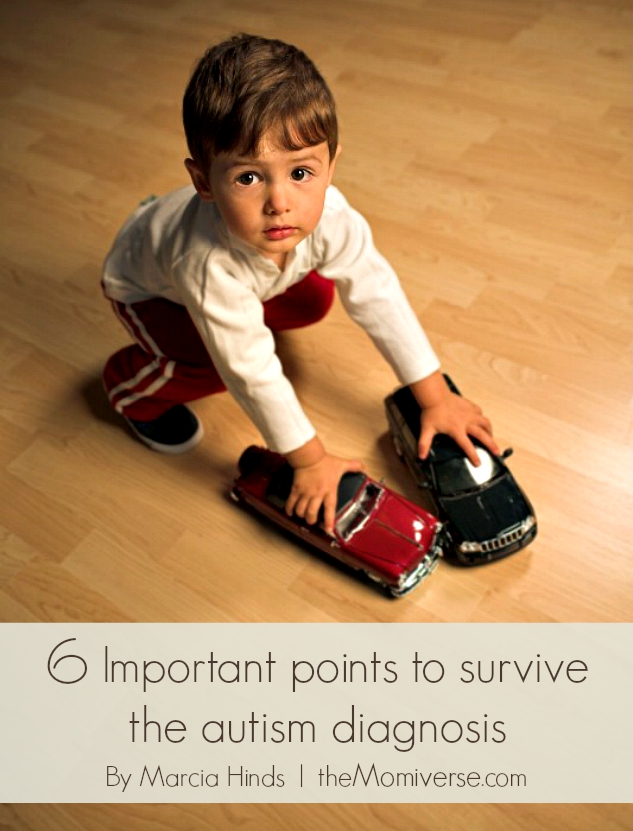
An autism diagnosis can leave you paralyzed with fear for your children’s future, but these six points will help you and your family survive autism:
1. Don’t be in denial for too long.
We all do this. My denial cost us valuable time. We hope our kids have been misdiagnosed and want it to be anything else. Back then I didn’t know autism was treatable. I was told there was no cure, recovery, or hope with autism. So I convinced myself that my son didn’t really have autism and he probably was a genius like Albert Einstein or Thomas Edison. They were also late talkers and a little different from their peers. I didn’t realize we were already card-carrying members of the A-club and that many other parents were having similar thoughts about their kids.
2. When a treatment sounded too good to be true, it was. There are no magic fixes for autism.
We went from doctor to doctor searching for the cure. It’s almost impossible to avoid the snake oil salesmen on every corner trying to sell you the cure of the week. This multi-million dollar business is founded on the fears of anxious and desperate parents like us. In my more rational moments I knew that, but it still didn’t stop me from looking everywhere for that instant fix.
3. Treating autism with medical, behavioral, and educational treatments make it possible for your child to learn.
We used our own version of Applied Behavior Analysis (ABA) to catch him up on all he missed. Not having an ABA provider where we lived was actually a blessing in disguise. Ryan received ABA throughout his day in the most natural way. It was mostly good parenting with a little ABA thrown in. When he didn’t understand something, school was immediately in session and his classroom was wherever we happened to be.
4. Motivation is the key to success with any behavioral or educational program.
There is more than one way to do this. ABA is not the only thing that works. Relationship Development Intervention®, Pivotal Response Training, The Son-Rise Program®, or whatever program you chose are effective if you can motivate your kid and you stick with it. We used what Ryan enjoyed and what worked best to teach him. In other words electric plugs, light switches, elevators, cars, computers, sharks, or technology were part of every lesson.
5. Ignoring negativity and reinforcing the positivity works on husbands too.
I wish I had known then what I know now. There would have been a lot less arguing, if I had used ABA techniques on my husband. After the diagnosis, I was too overwhelmed to realize my husband needed attention too. Use what your husband loves to help him get on the same page. What do men love? Good food, respect, and sex. If any husbands get lucky tonight, you have me to thank!
6. Keep a watchful eye for the impacts on siblings.
Ryan received more than his share of the attention, so we made his sister Megan part of the solution. Meg was one of Ryan’s most effective therapists and in charge of pretend play. She was better at playing than the rest of us, who had forgotten how to pretend. His sister was also the fashion police. Ryan was better accepted by his peers with cute haircuts and the right clothes. My sense of high fashion was tie-dye and sweat pants, so Meg said I couldn’t have that job! Megan knew that at least once a week she would have me all to herself. Every Saturday it was our time to be alone watching her favorite TV show. All week long, we would whisper and plan for our special time. We stashed the cookies and candy we couldn’t eat in front of Ryan in secret hiding places. When Saturday finally arrived, we cuddled and ate junk food until our stomachs ached. Frank would keep Ryan busy with one of their adventures. They would look at plugs in the hardware store or ride the elevators in the local hotels.
This Week's Articles Read, learn, live
-
 Summertime grilled vegetables
Summertime grilled vegetables
-
 5 Ways to make this summer full of unforgettable family fun
5 Ways to make this summer full of unforgettable family fun
-
 10 Reasons to take a family vacation in Puerto Vallarta
10 Reasons to take a family vacation in Puerto Vallarta
-
 5 Fun tips for spring cleaning with kids
5 Fun tips for spring cleaning with kids
-
 10 chick flicks with New Year’s Eve scenes
10 chick flicks with New Year’s Eve scenes
-
 The day after Christmas: 5 ways to handle the biggest downer of the year
The day after Christmas: 5 ways to handle the biggest downer of the year